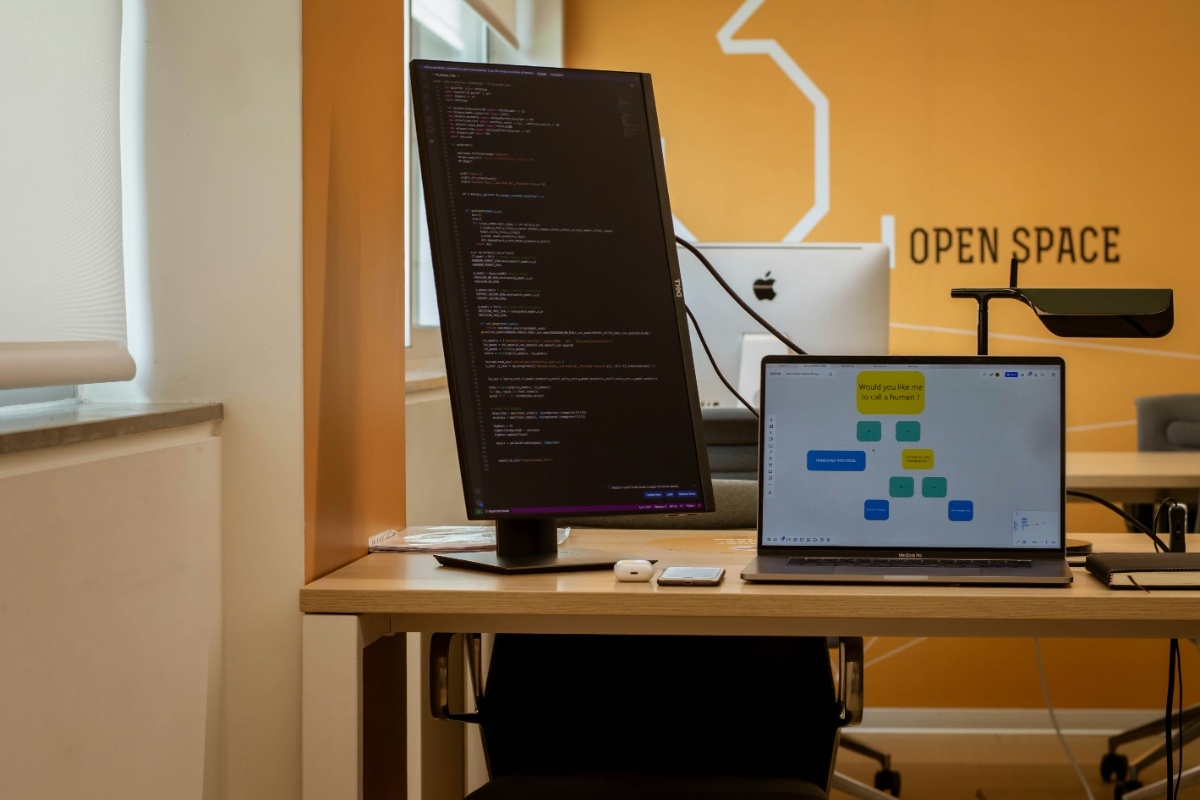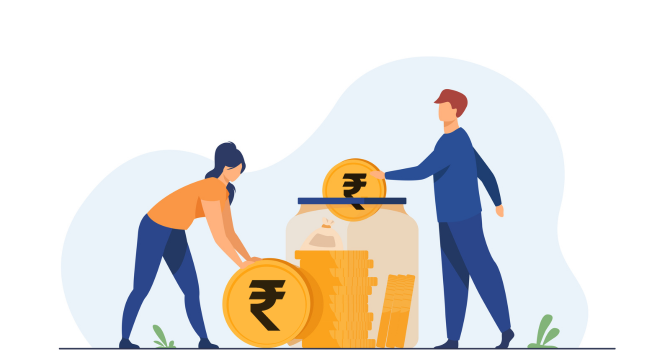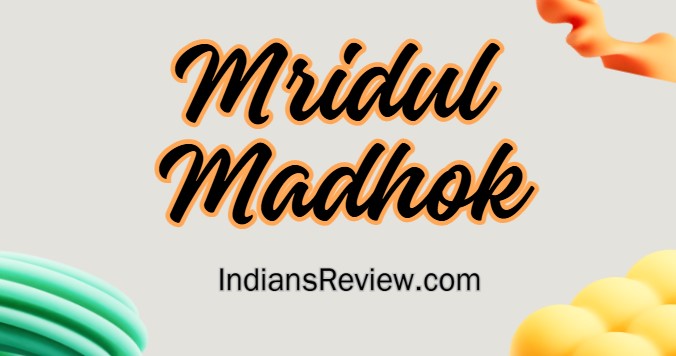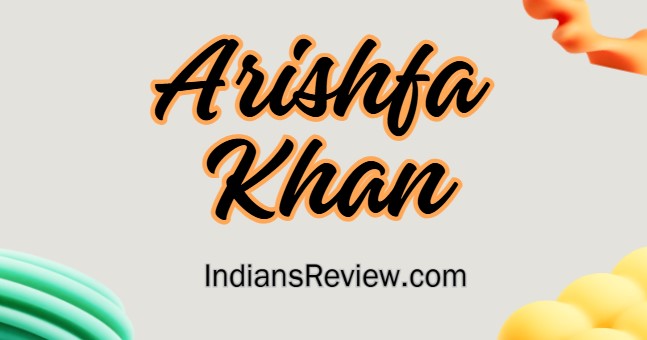
What to Know About Application Modernization Software in 2025
- Technology
- Neha Zubair
- 2025-11-03
- 564806
Introduction
As organizations strive for digital transformation, many are constrained by outdated legacy systems that limit agility and performance. This is where legacy system modernization services play a crucial role, enabling enterprises to integrate modern technologies without disrupting operations. By 2025, the global application modernization market is projected to reach $32 billion, with more businesses investing in advanced application modernization software to boost scalability, automation, and user experience.
The Role of Application Modernization Software in 2025
Application modernization software serves as the foundation for transforming legacy systems into agile, cloud-ready architectures. These tools provide automation, real-time insights, and advanced integration capabilities that streamline migration and modernization efforts.
- AI-driven automation identifies redundant code and automates refactoring.
- Low-code and no-code platforms accelerate the modernization cycle.
- Cloud-native architectures enable seamless scalability and deployment flexibility.
A growing number of businesses use application modernization platforms to achieve faster time-to-market while minimizing operational costs.
Why Modernization Is Essential for Business Growth
Legacy systems often limit innovation due to outdated frameworks, manual dependencies, and high maintenance costs. Application modernization bridges this gap by:
- Enhancing system interoperability across platforms.
- Strengthening data security and compliance with modern frameworks.
- Reducing operational bottlenecks through automation.
- Improving customer experience via responsive and scalable applications.
A recent Gartner report highlights that 80% of organizations that modernized at least half of their applications saw a 40% improvement in operational efficiency.
Key Benefits of Using Application Modernization Solutions
- Enhanced Performance – Cloud-based refactoring leads to faster data processing and smoother performance.
- Improved Security – Modern frameworks integrate zero-trust architecture and automated vulnerability scans.
- Scalability and Resilience – Future-proof architectures can scale dynamically with growing workloads.
- Cost Optimization – Automated resource allocation reduces infrastructure costs by up to 35%.
- Faster Innovation – Businesses can adopt new technologies like AI, analytics, and IoT seamlessly.
Trends Shaping Application Modernization in 2025
- AI-powered dependency mapping for better risk prediction.
- Cloud-native modernization becoming the industry default.
- Composable applications promoting modular design flexibility.
- Automation-first strategy minimizing human intervention during refactoring.
- Sustainability-driven modernization to reduce energy consumption in IT infrastructure.
Modernization is no longer a one-time activity; it's a continuous evolution powered by application modernization services and data-driven decision-making.
How to Choose the Right Modernization Partner
Selecting the right modernization partner ensures long-term success. Consider factors like:
- Proven expertise in legacy system modernization services.
- Experience with multi-cloud environments.
- Automation-driven assessment tools.
- Strong cybersecurity and compliance framework.
- Transparent roadmap and migration strategy.
Partnering with experienced providers ensures minimal downtime and a measurable ROI from modernization efforts.
Conclusion
By 2025, modernization will define how businesses compete and innovate. Investing in application modernization platform and solutions will help enterprises transition from outdated legacy systems to agile, efficient, and secure digital ecosystems. The earlier organizations begin their modernization journey, the stronger their foundation for future innovation and growth.
FAQs
- What are legacy system modernization services and why are they essential?
They help upgrade outdated systems to modern, efficient, and secure architectures vital for digital transformation and competitiveness.
- How does application modernization software work?
It automates code refactoring, identifies dependencies, and supports cloud migration for improved scalability and performance.
- What is the difference between an application modernization platform and solution?
A platform provides the tools and frameworks, while solutions are end-to-end services leveraging those tools to execute modernization.
- What are the top trends in application modernization for 2025?
AI-driven automation, cloud-native refactoring, and sustainable IT practices are key modernization trends shaping 2025.
- How long does it take to modernize a legacy application?
Timelines vary based on complexity—typically ranging from 3 to 12 months, depending on system size and integration needs.






















About Premium Author
This post has been authored and published by one of our premium contributors, who are experts in their fields. They bring high-quality, well-researched content that adds significant value to our platform.